Best gravel race bikes – Eight options for every type of race
Our pick of the gravel bikes that will carry the most speed off-road
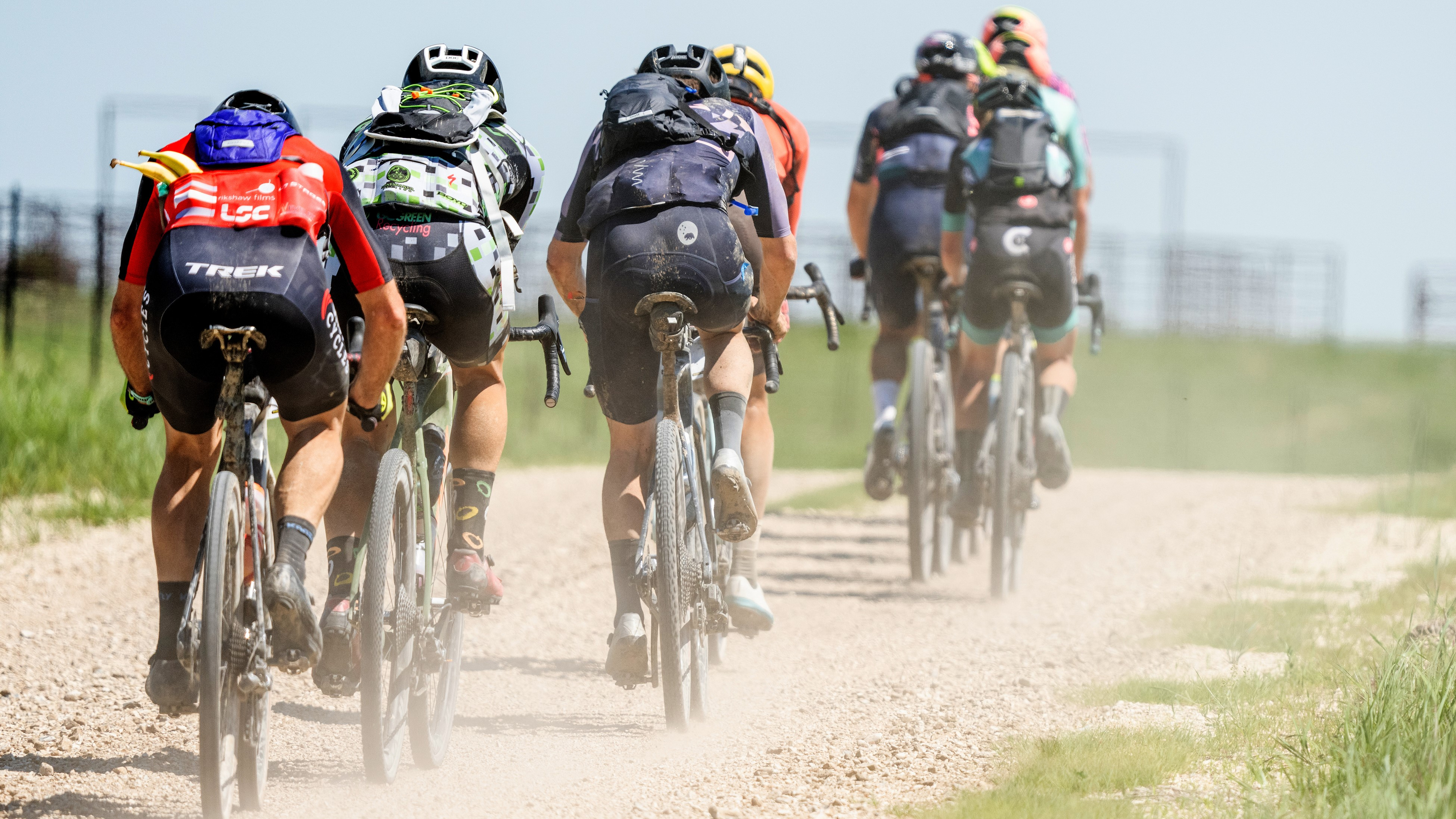
1. Quick List
2. Best overall
3. Best all-out speed machine
4. The one with suspension
5. Laser-guided handling
6. The superlight one
7. Best of the rest
8. How to choose
Most of us will by now acknowledge the point that the term 'gravel cycling' encompasses a wide range of different riding. Whether that be testing drop bar bikes on mtb trails, or riding manicured gravel surfaces over easy terrain. Gravel racing is also booming, and like any race scenario competitors will want the fastest most capable bikes to gain a competitive edge and travel as swiftly as possible. Wheel and tyre choices to suit the terrain also play a part and the best gravel wheels will help extract more speed from a particular setup.
The bikes in this guide are our pick of the swiftest gravel bikes on the market. These bikes will have comparable stiffness and geometry to road bikes and will really move off-road. Sometimes forsaking comfort in the pursuit of stiffness and speed. That's what we are looking at here, very capable bikes but ones that focus on speed off-road. Check out our best budget gravel bikes too if you want to look at a wider range of options.
Some of the bikes in this guide are also included in our best gravel bikes and our recent Cyclingnews gravel bikes group test and awards
Quick list
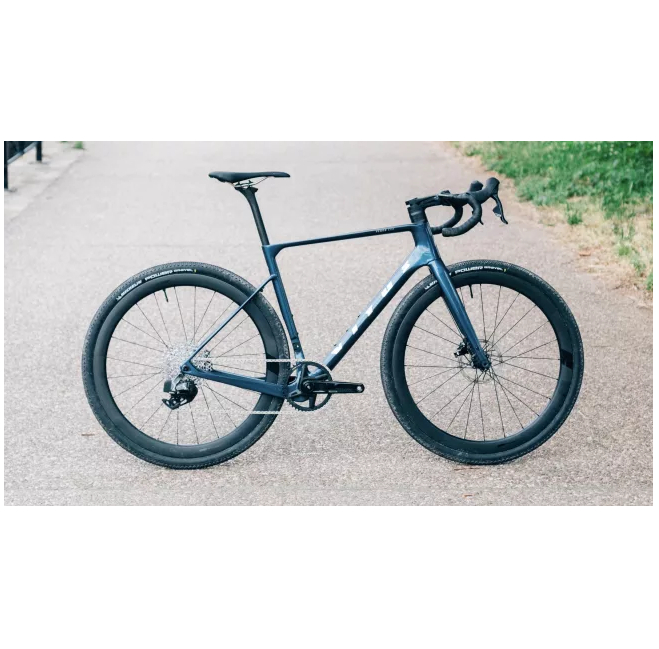
Best overall
The Vitus Venon Evo-GR took home the best racer gong from our recent Cyclingnews Awards testing. It's a fast and racy bike that made the whole CN test team grim and our riding changed immediately when we swung a leg over the Evo. It urges you to spring, attack sections and carry speed everywhere.
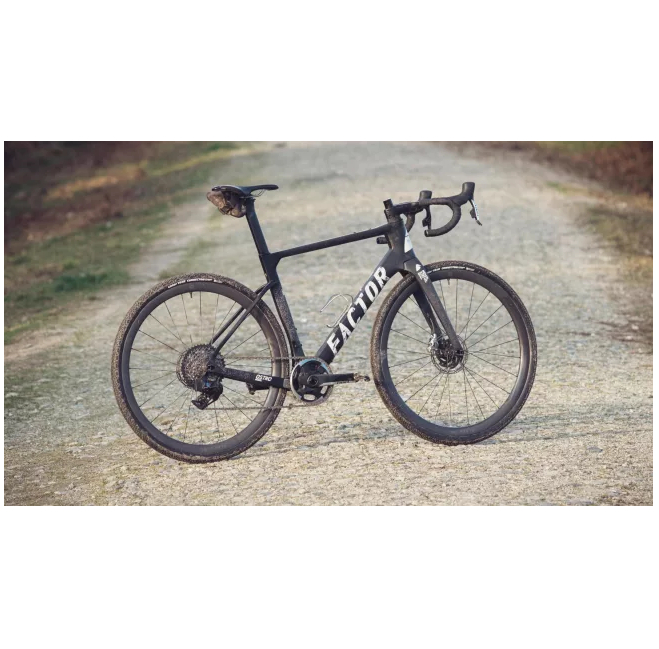
All-out speed machine
The Factor Ostro Gravel has a monster spec and is the same weight as a lot of road bikes now. It's rapid on more groomed terrain off-road but is a little unforgiving on certain terrain.
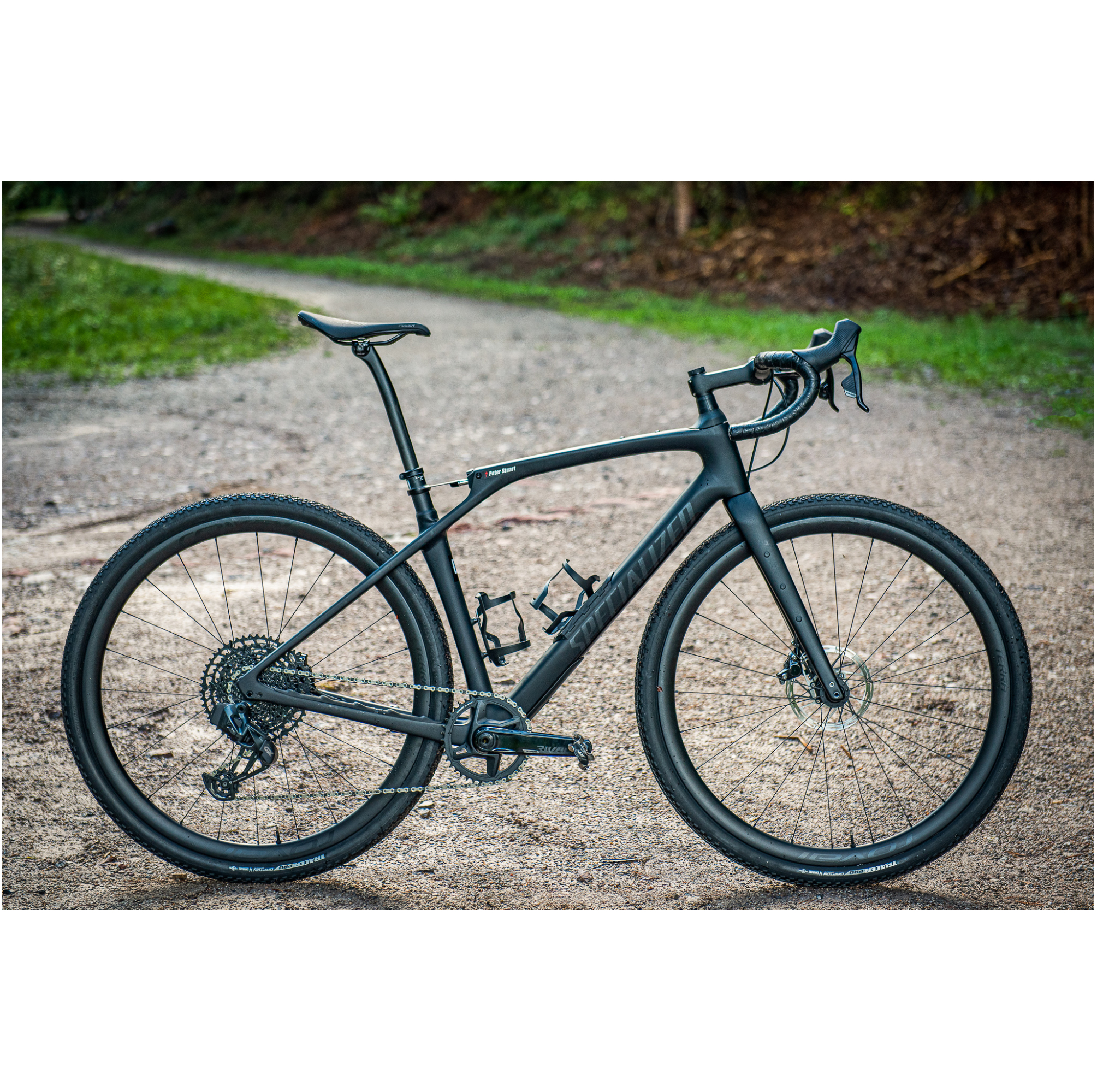
Best for rough ground
The Specialized Diverge STR is a futuristic machine designed specifically for racers around 47c tyre clearance and a frame with front and rear suspension. It offers a well-damped ride in a lightweight frame paired with SRAM Rival eTap wireless shifting and powerful hydraulic brakes.
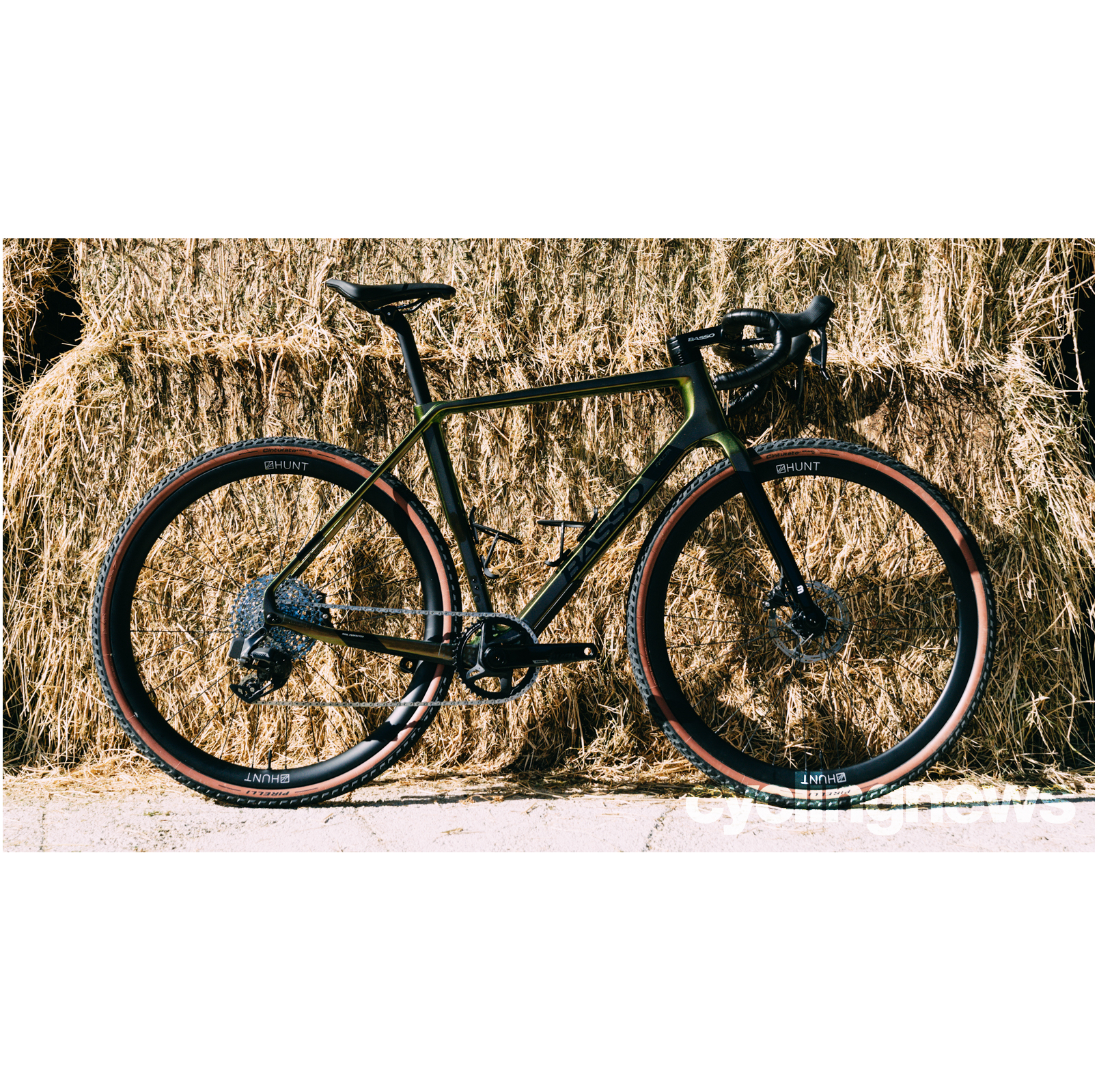
Snappy and precise handling
The Basso Palta II is another seriously fast-riding bike from the Italian brand. We really valued its pinpoint handling and stylish looks. Basso also increased the max tyre clearance for this model to boost comfort if needed on rougher terrain.
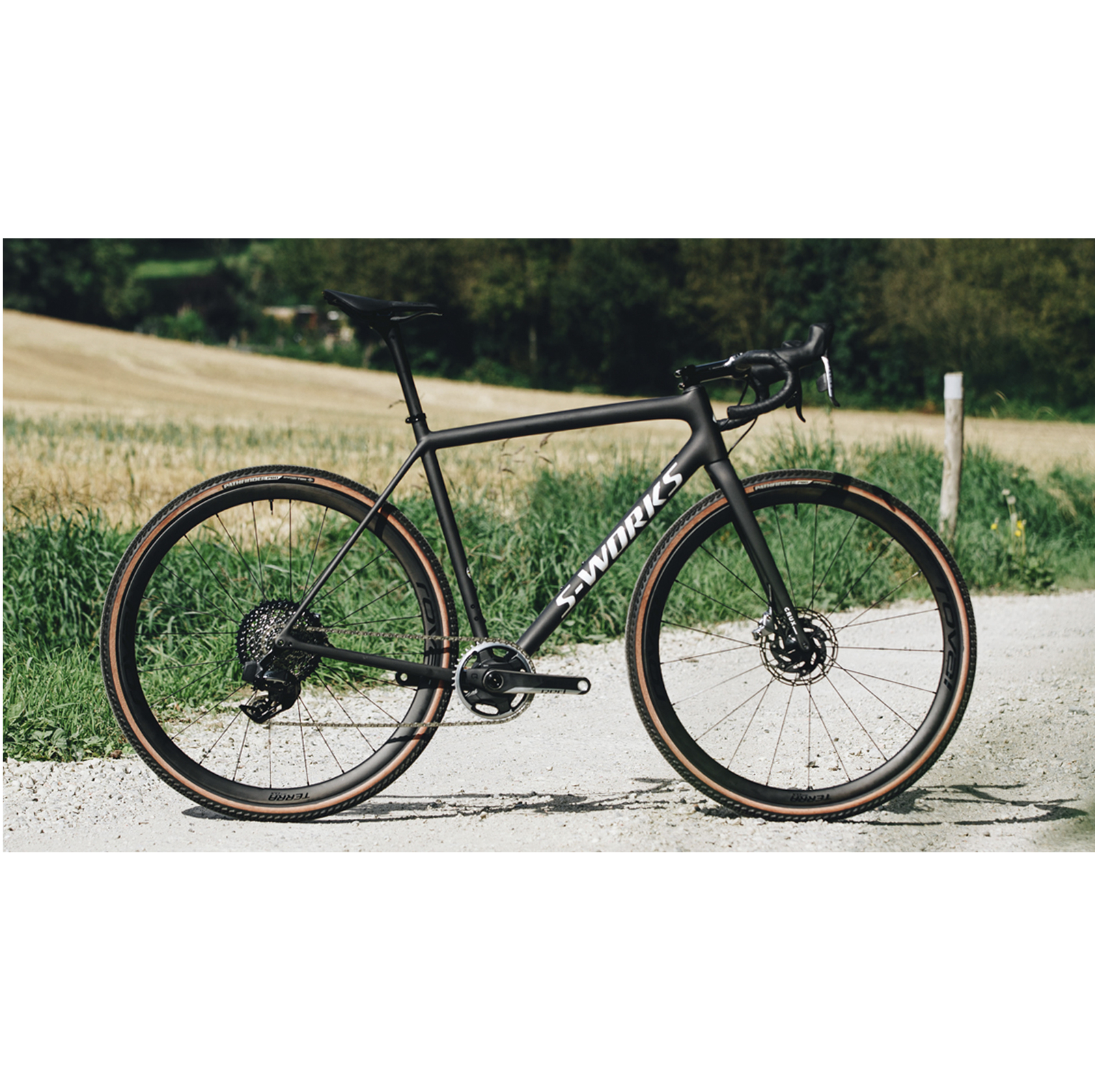
One for when weight counts
The Specialized S Works Crux is another flying machine and is a seriously lightweight gravel bike. As well as being a very capable race bike in its own right. The black and white S Works branding and paint scheme look really purposeful too.

Aero nods and speedy when putting the power down
The Grevil is Pinarello's race bike. We found it really felt good accelerating out of corners and when putting the power down and liked its aggressive aero frame profiles.
The best gravel race bikes available now
The best overall
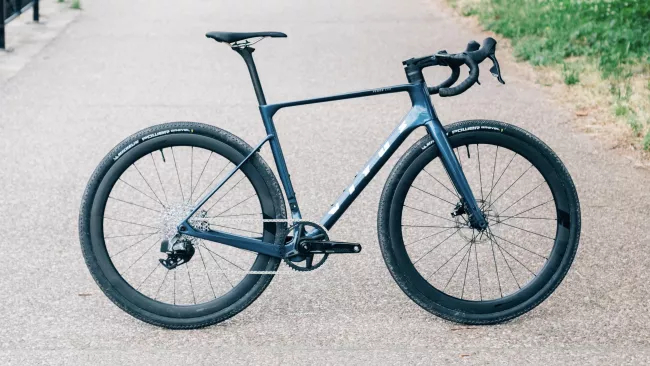

1. Vitus Venon Evo-GR
Specifications
Reasons to buy
Reasons to avoid
The Vitus Venon is a real racer and took home the best racer award from our group test. Since it's amongst a host of racy company here, it takes the best overall spot. The bike looks aggressive and fast standing still with its deep carbon wheels and wide Michelin tyres.
In use the Venon Evo urges you on at every turn, our whole test team found themselves riding more aggressively and putting in digs on every little rise in the road and when accelerating out of corners. It's a really fun bike to ride; you could race cyclocross very easily on it or fit some road tyres and not lose out much there either. If you require a fast bike to race on and really push the Venon would fit the bill really nicely.
SRAM electronic shifting takes gear of the groupset duties, the only point we raised in this department is that the 42T chainring is possibly a little on the large side for some gravel applications, but fits in well with the fast nature of the bike. You could also race this bike on the road with different tyres and a few tweaks increasing its usefulness.
All-out speed machine
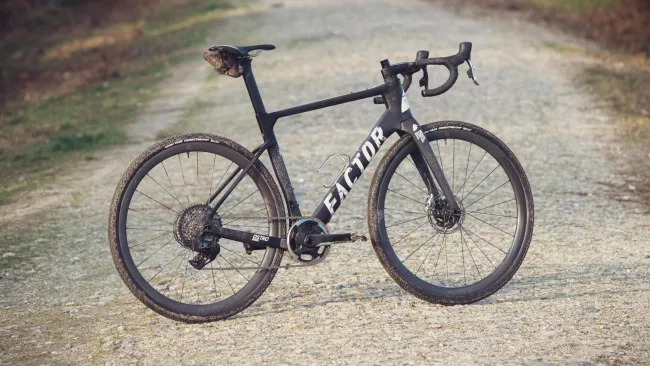
Specifications
Reasons to buy
Reasons to avoid
The Factor Ostro Gravel is a pure aero gravel race bike - in fact the UCI would let you use it in its sanctioned road races alongside the best aero road bikes. It's light too, with a 900g claimed frame weight and 7.9kg total weight for the review bike with pedals and extras included.
The ride on smoother gravel is sensationally fast and responsive and encourages you to get down and aero to up your speed, while the Ostro Gravel even copes well with mud thanks to the tyres' side lugs. Things aren't so great once it gets rough though, with a jarring ride that makes putting the power down difficult and made landing back on the tarmac a relief. So the Ostro is perhaps best suited to smoother, faster gravel racing where the terrain isn't too challenging. Although that depends on the rider.
We rated the Black Inc integrated cockpit and wheels, as well as the fast-rolling Goodyear Connector tyres. Although you could build up the frameset 2x, complete builds are only available 1x with SRAM XPLR.
Check out our in depth review of the Factor Ostro here.
The one with suspension
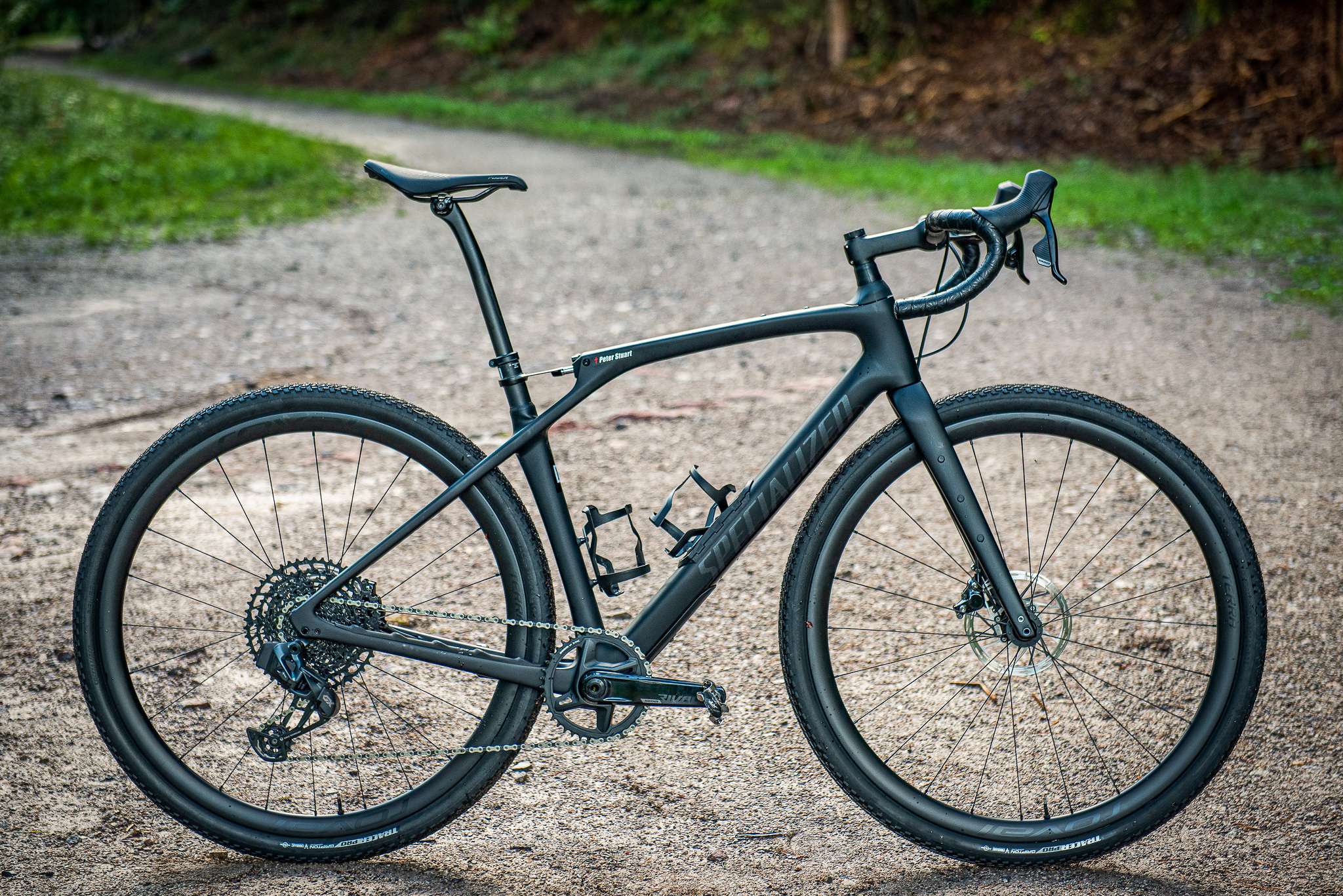
Specifications
Reasons to buy
Reasons to avoid
While the Diverge STR might come with a polarising aesthetic and added complexity because of the dual 'Future Shock' suspension, it's a feature that boosts ride quality and really improves the compliance at the bike's two main touchpoints; bars and saddle. Flipping the rear suspension into its 'Open' setting, you can look down and watch how much the small stanchion moves, and how much added compliance it's offering.
While some might argue this feature takes away from its raciness, we'd suggest it is fundamental to what makes it one of the best gravel race bikes out there; making it suited to racing over rougher terrain, or over long distances where improved compliance adds up to a significant performance gain over time.
Our tested model was the Expert, complete with SRAM Rival eTap groupset. We've also ridden the S-Works model and while that was naturally had a lighter, racier feel, we'd put the more affordable one on our shopping list.
Find out more: Specialized Diverge STR Expert review.
Laser guided handling
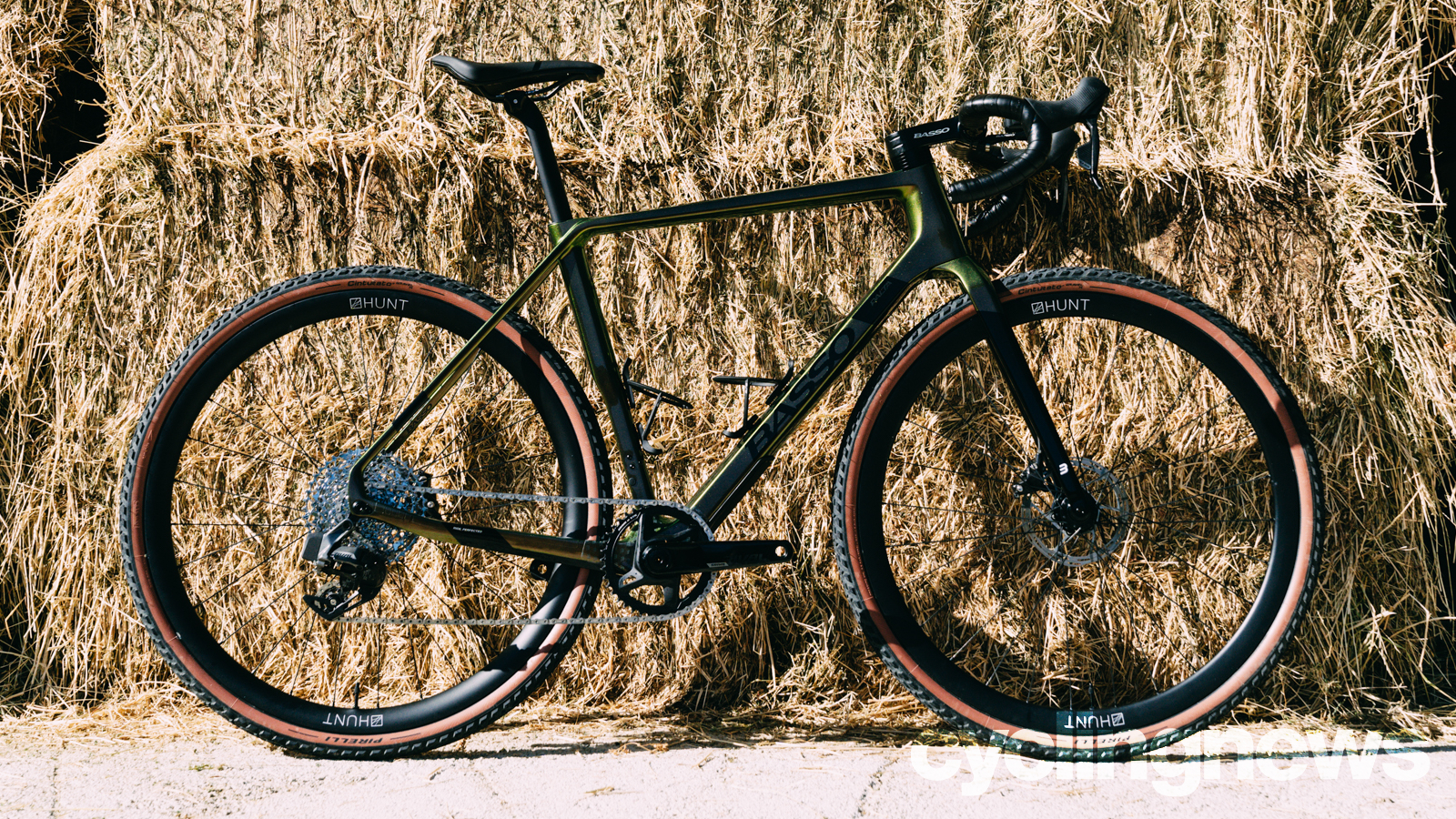
Specifications
Reasons to buy
Reasons to avoid
If speed is your No.1 concern then the Basso Palta II is where you want to set your sights. Its predecessor was already one of the raciest bikes on the market but Basso set out to address its only real downside – a lack of comfort – and they didn't disappoint.
The new Palta still retains the same outright pace, confident handling and agility but small tweaks to the geometry have resulted in a more compliant ride. The seat stays have been curved and further flex is provided by dropping their meeting point with the top tube to expose more seat post. Basso’s 3B seat post clamp system helps to absorb vibrations and the tyre clearance is now up to 45mm from the previous 42mm.
But Basso recognise that speed is the Palta's raison d'etre and have not taken their eye off the ball on that front, adding aero gains with internal cable routing and Kammtail shaping for the fork, head tube and down tube. These changes are not dramatic – it is not as aero-focused as the 3T Exploro or the Pinarello Grevil below – but ensure the Palta remains the type of bike that would be supremely comfortable on the road with a simple switch of wheels.
The trade-off, we found, was that its short wheelbase and higher bottom bracket compared to, say, the Specialized S-Works Diverge, meant the Basso Palta II does lose its composure somewhat on more extreme sections of gravel.
Get the full rundown in our extended Basso Palta II review.
The superlight one
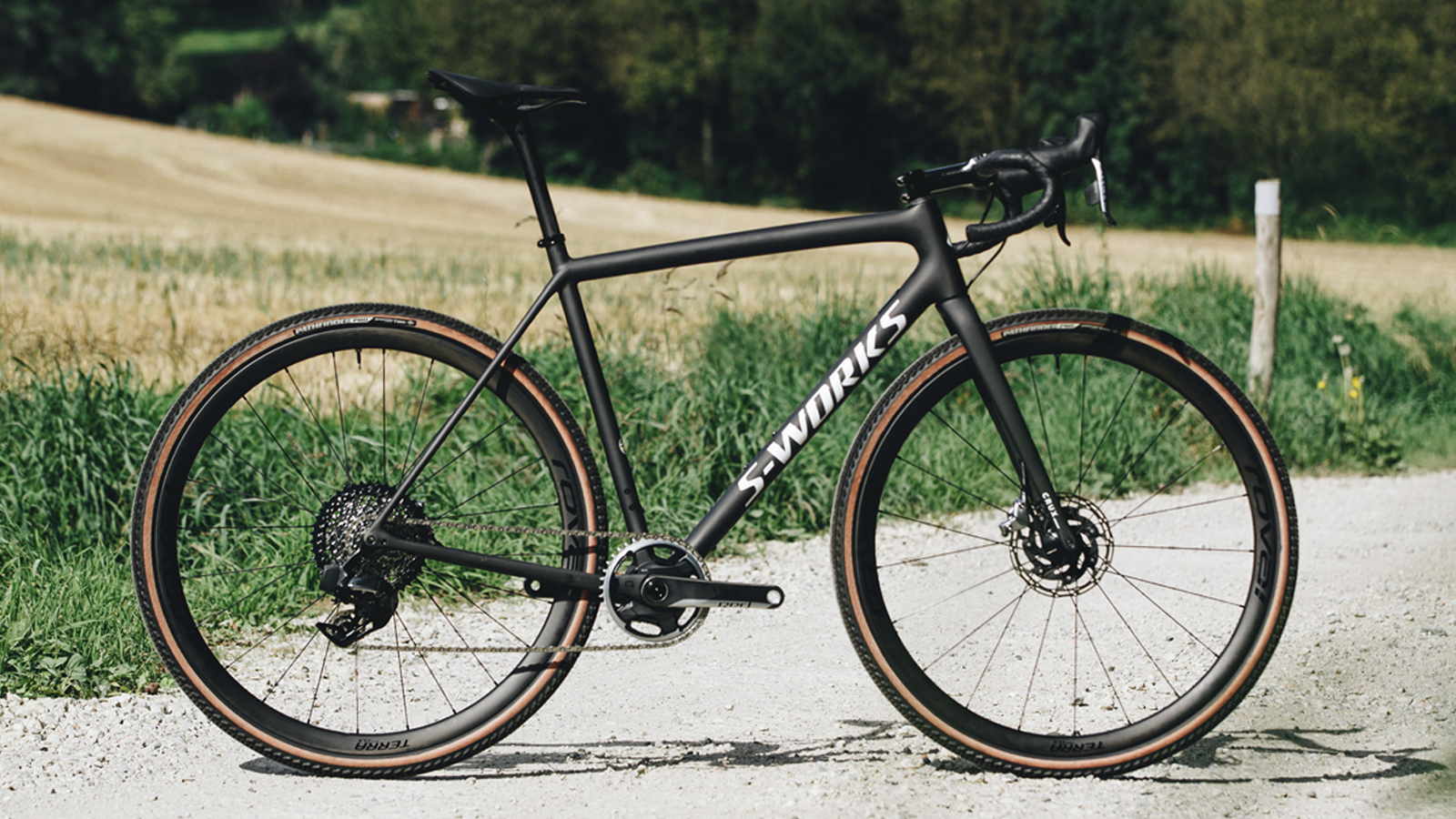
Specifications
Reasons to buy
Reasons to avoid
The Specialized S-Works Crux may appear a little bit of a left-field option but will suit those looking for a lighter-weight, lighter-gravel ride.
The Crux model, once a purely cyclocross bike in the Specialized stable, has been adapted to take advantage of the growing interest in gravel bikes. Why, you might ask, would Specialized need this in its line-up when it already has the S-Works Diverge?
The simple response is that the Crux offers something different. It comes with same impressive Roval Terra CLX wheelset as the Diverge but otherwise has more road-bike characteristics such as narrower handlebars and – perhaps most significantly – an ultra-light 725kg frameset. Our test bike came in at an overall weight of 7.25kg, which is more than a kilogram-and-a-half saving on the Diverge.
Much of that saving will be accounted for by the absence of the Future Shock front suspension assembly that features on the Diverge. So while we were impressed with the levels of small-bump compliance from the Crux frame to handle the high-frequency vibrations on the gravel surfaces we took in on, there's nothing else to add the large-bump compliance its sister bike possesses.
In terms of performance, it is therefore more closely related to the likes of the Factor LS featured below. We found it an absolute rocket over the smoother gravel surfaces that suit it and – proving it has moved away from its cyclocross roots – we were comfortable taking it on multiple-hour rides.
To find out if this is the best gravel race bike for you, read our Specialized S-Works Crux review.
Great at accelerating
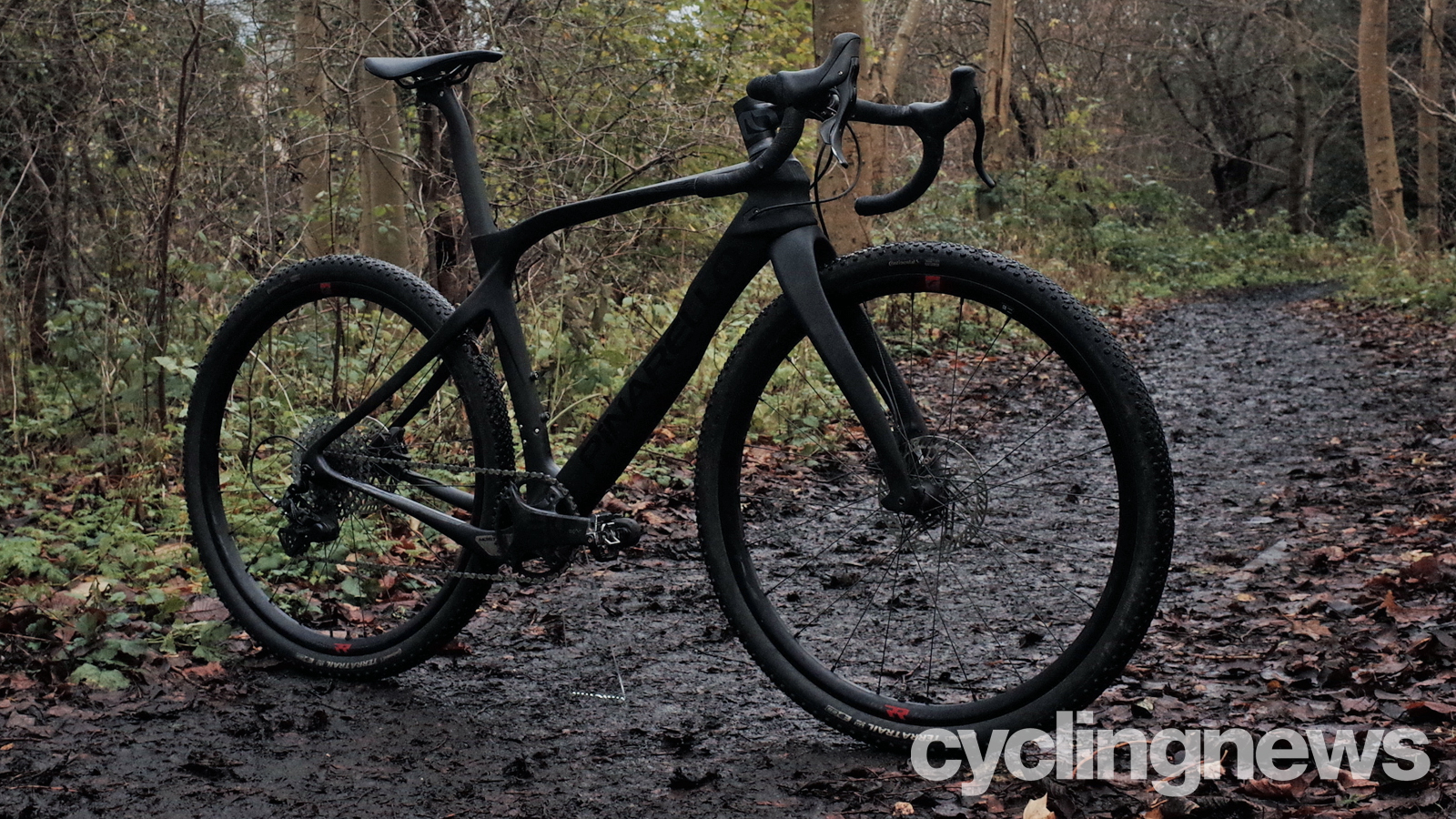
Specifications
Reasons to buy
Reasons to avoid
Pinarello's racing DNA shines through in the construction of the Grevil and it is perhaps the most distinct example of speed triumphing over comfort in this guide to the best gravel race bikes.
The swoopy, fluctuating aero tubing is unmistakably Pinarello and certainly won't be to everyone's taste. Initially it wasn't to ours but, once we got riding, we began to be won over by its taut, communicative frame eating up the flats and descending with dynamic grace. Campagnolo's 13-speed Ekar 1x groupset perfectly complemented the bike's speed and efficiency with smooth, reliable shifting and excellent braking performance to boot.
However, it is the Grevil that made us realise, while versatility is admirable quality, some of the best gravel race bikes are best being just that - racing bikes.
The Grevil began to show its insecurities when the going got rough. As we left the light gravel and found corrugated roads and singletrack, the stiffness that at first translated to responsiveness and acceleration began to transfer the impacts from all the lumps and bumps through our hands and the intuitive handling became nervous.
Some of the worst chatter would have been offset by the Grevil's 650b wheels with 47mm tyres – which actually did little to stifle its speed on the flatter, smoother surfaces – but the aluminium Fulcrum Rapid Red 300 wheelset, while functional, was a little unremarkable for a bike of such lofty ambition (and price) and we found the rims filled with water easily.
This is a bike that won't reward you for pushing its boundaries and is best sticking to what it does best. But that best – an aggressive all-out racing bike – is pretty spectacular.
Get all the details in our full review of the Pinarello Grevil.
Best of the rest
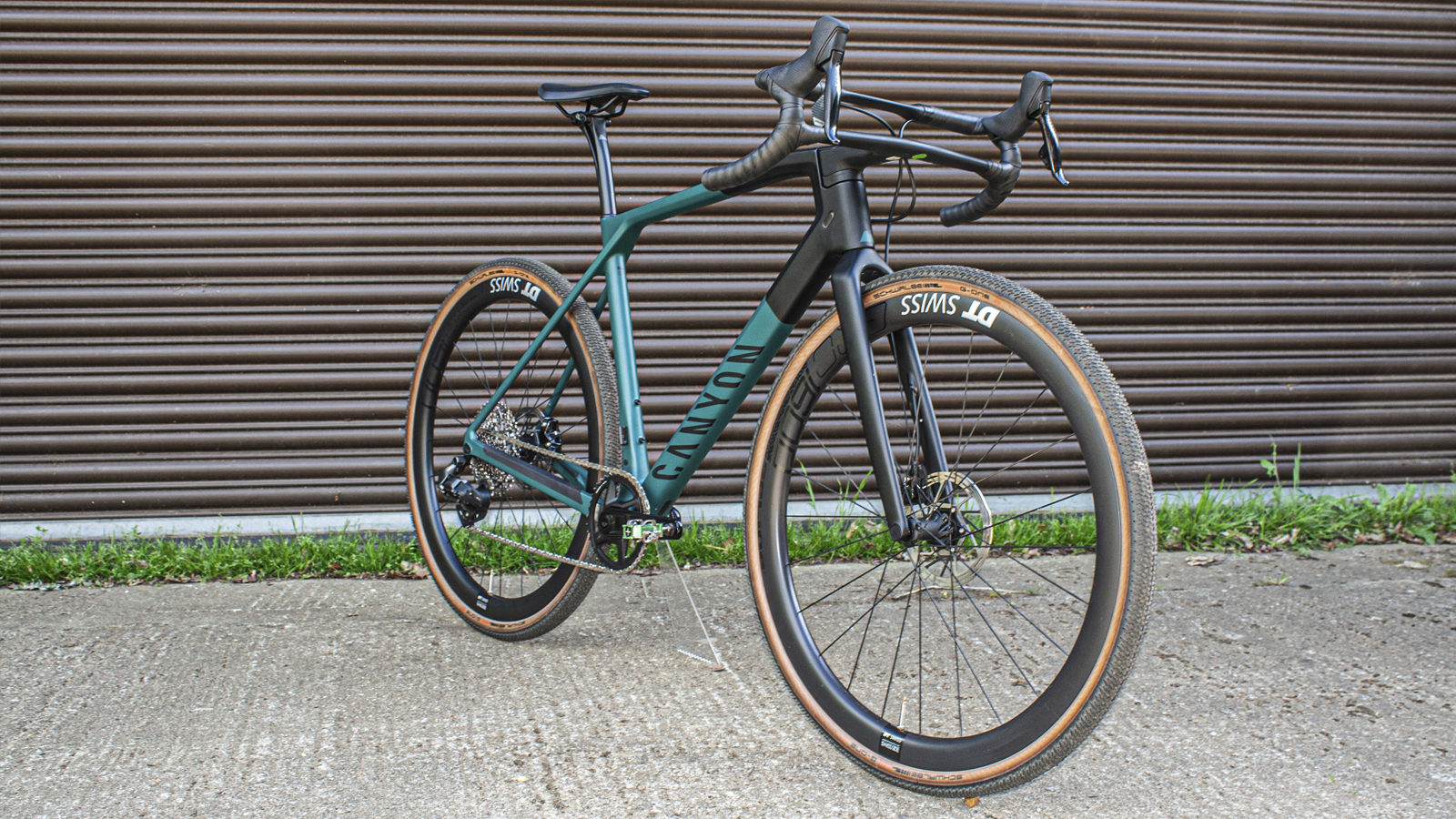
Specifications
Reasons to buy
Reasons to avoid
Straight out of the box, the Canyon Grail CF SL 7 eTap delivers frightening pace on road and trail. It is relatively lightweight, the shifting with SRAM's Rival eTap AXS XPLR is responsive and reliable, its braking is precise and it climbs and descends equally proficiently on technical sections.
There is very little to fault it and, when considering you can pick it up for a third of the price of a Specialized S-Works Diverge, it has to warrant a place among the best gravel race bikes that we have tested.
Yes, when the road gets really rough it starts to bump you around but a combination of the chunky frame, 40mm tyres, S15 VCLS 2.0 CF suspension seat post and 'hoverbar' do a great job of ironing out buzz.
That hoverbar – the Canyon CP07 Gravel Cockpit – is the bike's most defining feature and, perhaps – along with the bland paint schemes on offer – the most likely to turn off potential buyers. Featuring two parallel bars between the drops, it soaks up the chatter with the 'flex area' in its upper section and offers up a multitude of potential hand positions. The frame is built around the CP07, however, so fitting regular-style drop bars is not really an option as it is likely to ruin the handling dynamics and comfort.
Read the full Canyon Grail CF SL 7 eTap review to get the complete picture.
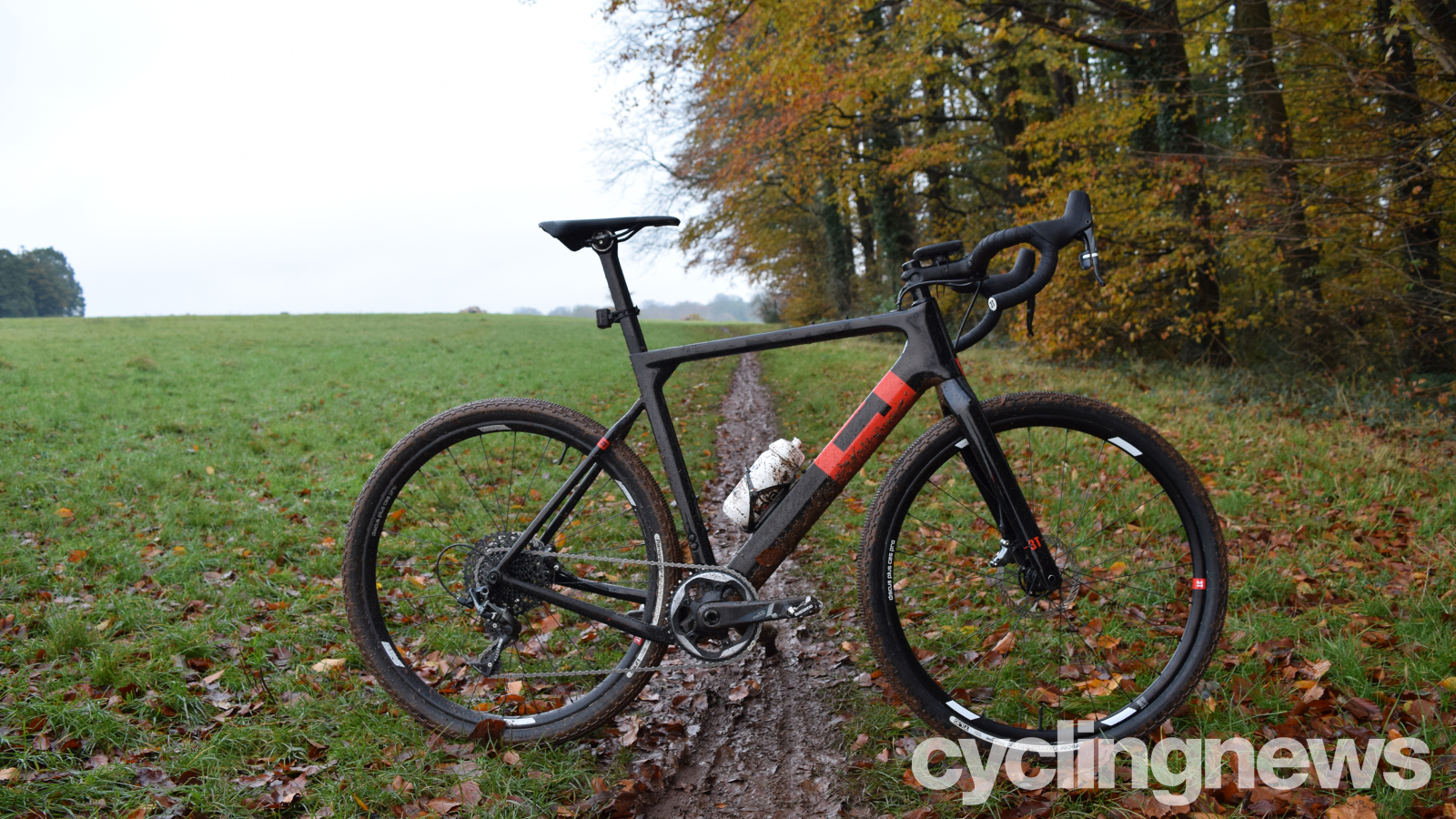
Specifications
Reasons to buy
Reasons to avoid
The 3T Exploro thumbs its nose at the suggestion there are no aerodynamic advantages to be gained in gravel racing. 3T claims its tubing shows aero savings at speeds as low as 20mph/32kph in testing and, in real life, we found it to result in a racey-yet-playful ride.
But don't get hung up on its aero tagline, this bike ticks so many boxes for us and will be the versatile friend many will be looking for in a gravel bike. Slap on a pair of trainers – in this case 700c wheels with road tyres – and it's time to hit the tarmac; pull on the hiking boots (650b with 2.1in rubber) and you're ready for the trails. And for those who aren't a fan of faffing about with wheel switches, we found that 3T's Hang Loose rear derailleur hanger really made this process easier.
There's the option for a 1x setup if you've decided you sit on that side of the fence in the great gravel bike debate and a fun, flickable nature to the Exploro's ride performance.
Find out why we gave it five stars to rank it amongst the best gravel race bikes with our in-depth 3T Exploro review.
How to choose the best gravel race bike for you
As with any purchase, the best first step to choosing a gravel race bike is to consider what sort of gravel racing you're going to do. That might sound confusing already, but consider the terrain in which you live; is it hardpacked gravel that could be mistaken for a badly-surfaced road? Or is it the sort of terrain that would have some mountain bikers feeling challenged?
Our esteemed colleague Will handily put together a guide that may help you answer this, simply titled "what is gravel?"
Once you know this, you'll know whether you want a gravel bike with big tyres and perhaps even suspension for rough terrain, or perhaps something that more resembles a road bike, like the Specialized Crux.
After this, consider your budget, and weigh this up against the spec choices on offer. Our rundown of road bike groupsets should help you decide which you want, and our guide explaining 1x vs 2x should also be useful.
You'll also need to know which size bike you need, as well as have an understanding of gravel bike geometry.
Are gravel bikes good for racing?
Yes, definitely. Gravel racing is alive and well. As this guide has shown, there are plenty of gravel bikes out there that have been designed with speed in mind. The type of racing is the most significant factor here. While many gravel bikes will behave much like a road bike when fitted with road tyres, an equivalent road bike will simply be more suited to racing on the tarmac. The geometry of the frame – with a shorter stack height and head tube, and longer reach – will facilitate a more aero position. The frame will not need as much built-in compliance to handle off-road lumps and bumps so can be made lighter and stiffer for better responsivity and efficiency.
Gravel bikes are typically more upright, with aerodynamics less of a concern, and with longer wheelbases to improve handling and stability, as well as that all-important clearance to handle thicker tyres. The best gravel race bikes will sit between the two extremes, trying utilise the attributes of the best road bikes while also giving the compliance needed to make riding off-road comfortable for the rider.
Can a gravel bike go as fast as a road bike?
In essence, no. A road bike is always going to be faster than an equivalent gravel bike because it can be built purely to handle smooth road conditions underneath. Although there's probably less in it than you think, especially with the fastest gravel bikes. Bike design is often a balance between stiffness (which will essentially translate to speed) and comfort, and the further you venture from the tarmac, the more comfort has to be taken into consideration.
These adaptations to make the ride more comfortable off the road can come in many different ways but are always likely to lead to a trade-off in either aerodynamics, weight, stiffness or rolling resistance that will make the gravel bike essentially slower – until, of course, it ventures off the road.
What groupset is best for a gravel bike?
The 'big three' manufacturers all now supply groupsets to suit the best gravel race bikes, with single-chainring – or 1x – systems becoming ever more popular for the discipline, taking its cue from cyclocross. Campagnolo arguably leads the way with its 13-speed Ekar, while Shimano have several groupsets under the GRX moniker. SRAM lumps its road and gravel groupsets in together, but its XPLR collection is particularly gravel-oriented.
Essentially, though, it comes down to what suits your riding style and also the type of gravel riding you will be undertaking. If you aren't intending on getting too muddy and will be mixing light gravel with tarmac, a traditional road groupset could suit your needs. But if you are hitting undulating singletrack terrain, you'll need smaller chainrings at the front and a larger cassette at the back, more akin to mountain-biking gearing.
Can you race XC on a gravel bike?
A gravel bike might be suitable for light cross-country riding but would not be appropriate for racing. XC racing bikes are traditionally mountain bikes with full suspension and flat handlebars, which are much more able to cope with the demands of the discipline. The gravel-biking spectrum is wide-ranging and difficult to define precisely, but most people would agree that a bike suitable for XC racing could no longer be defined as a gravel bike.
Get The Leadout Newsletter
The latest race content, interviews, features, reviews and expert buying guides, direct to your inbox!
Ben has been a sports journalist for 16 years, covering everything from park football to the Olympic Games. As well as cycling, his passions include podcasts, tennis and speaking enough Italian to get by on his snowboarding trips to the Dolomites. A DIY rider who is almost as happy in the toolbox as he is in the saddle, he is still trying to emulate the feelings he experienced as a nine-year-old on his first Peugeot racer – he couldn’t fathom the down-tube friction shifters then and he’s still wrestling with groupsets now. When he isn’t making a beeline for the nearest Chiltern hill, he is probably tinkering or teaching his kids how to clean a bike properly. He rides a heavily modified 1980 Peugeot PVN10 Super Competition (steel is real) when the road is smooth and dry, and a BMC Alpenchallenge when it’s not.